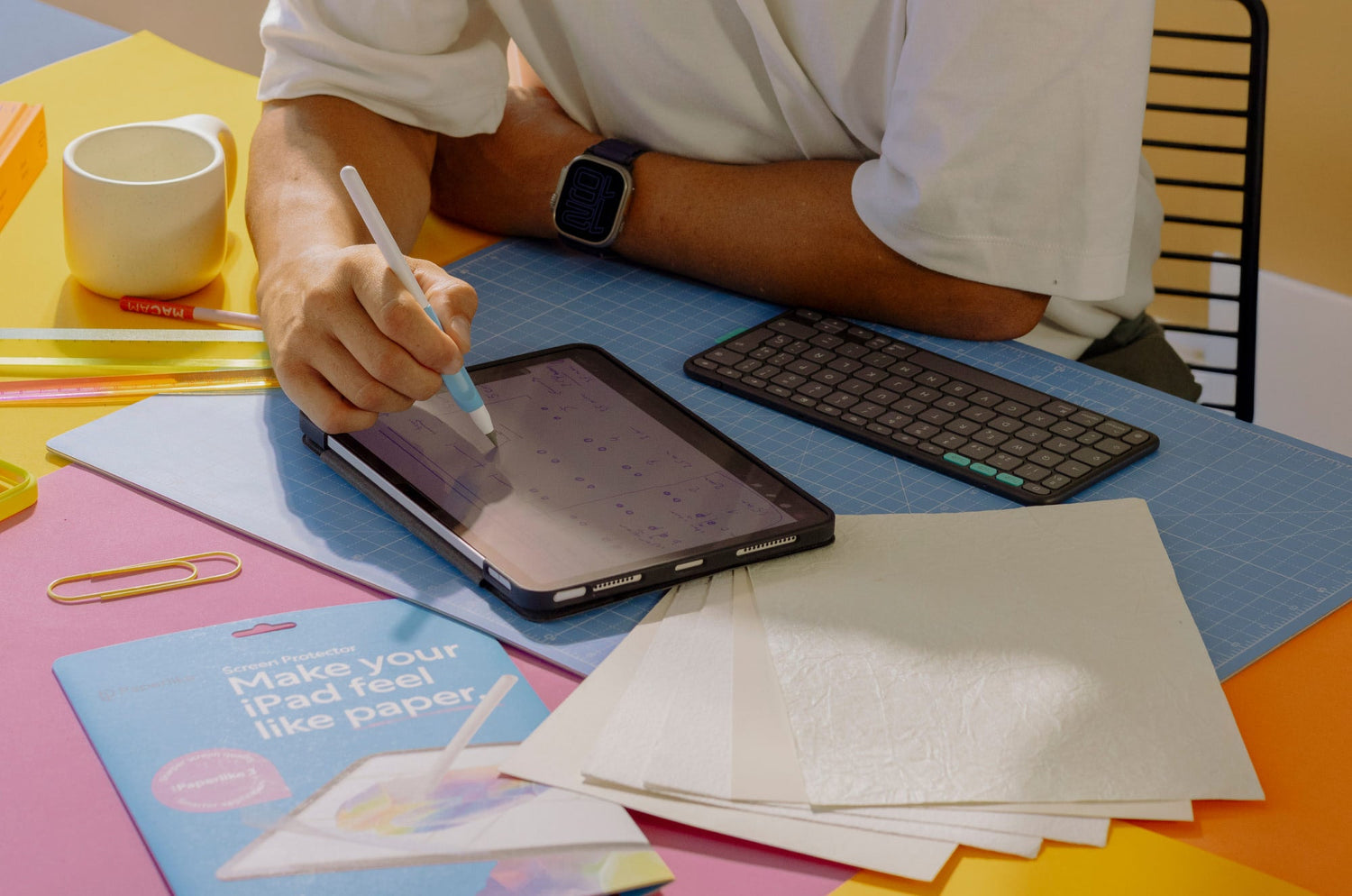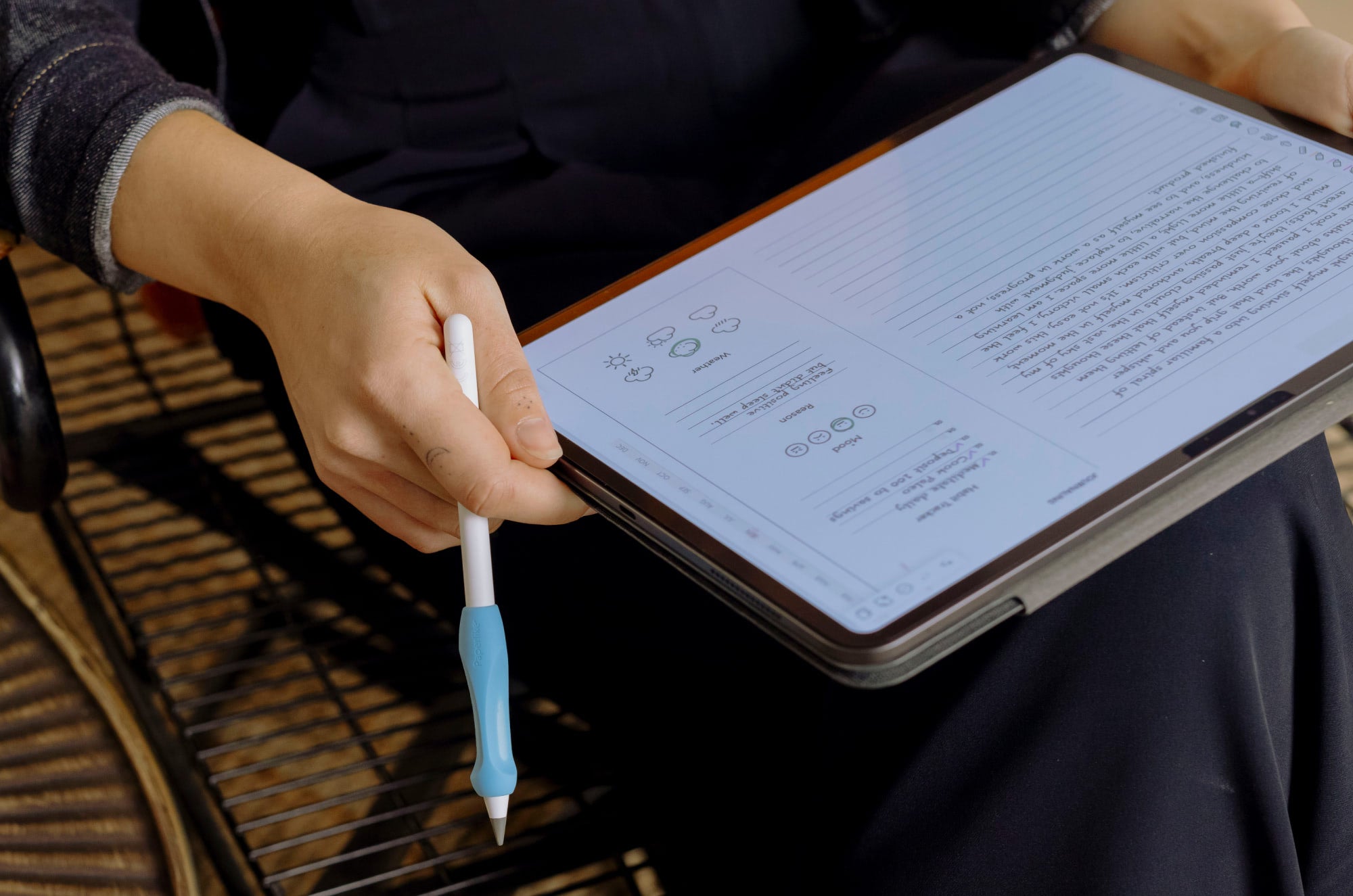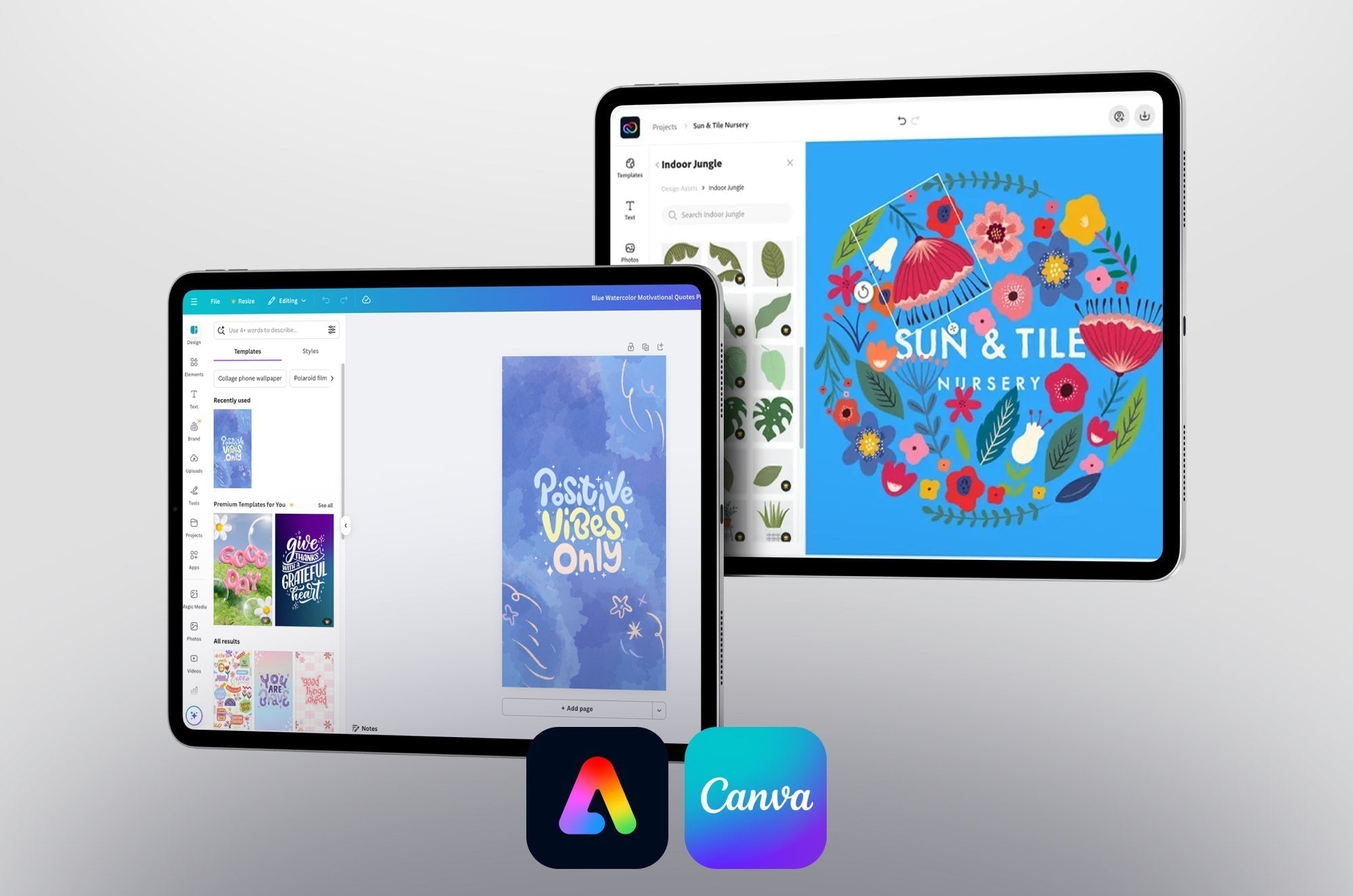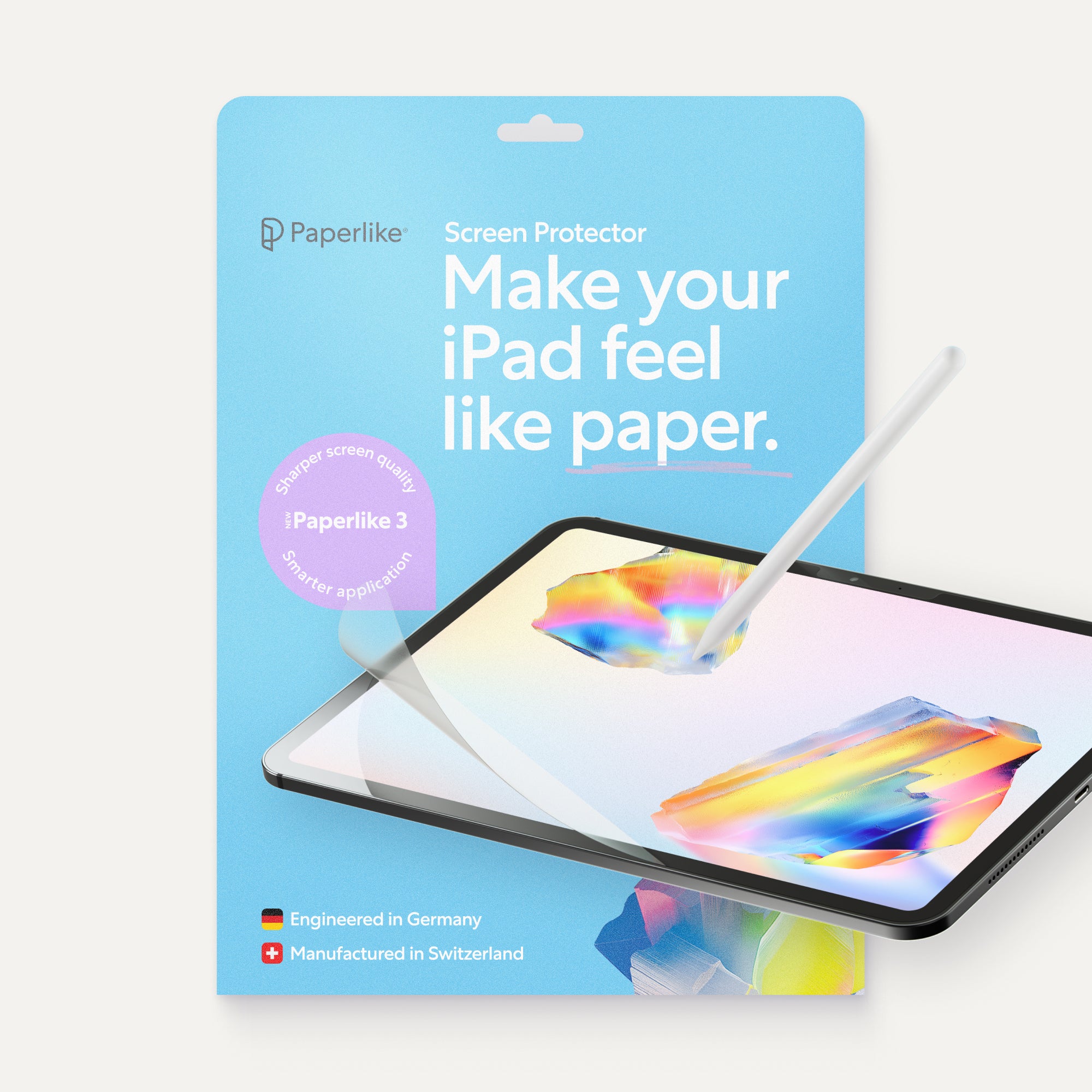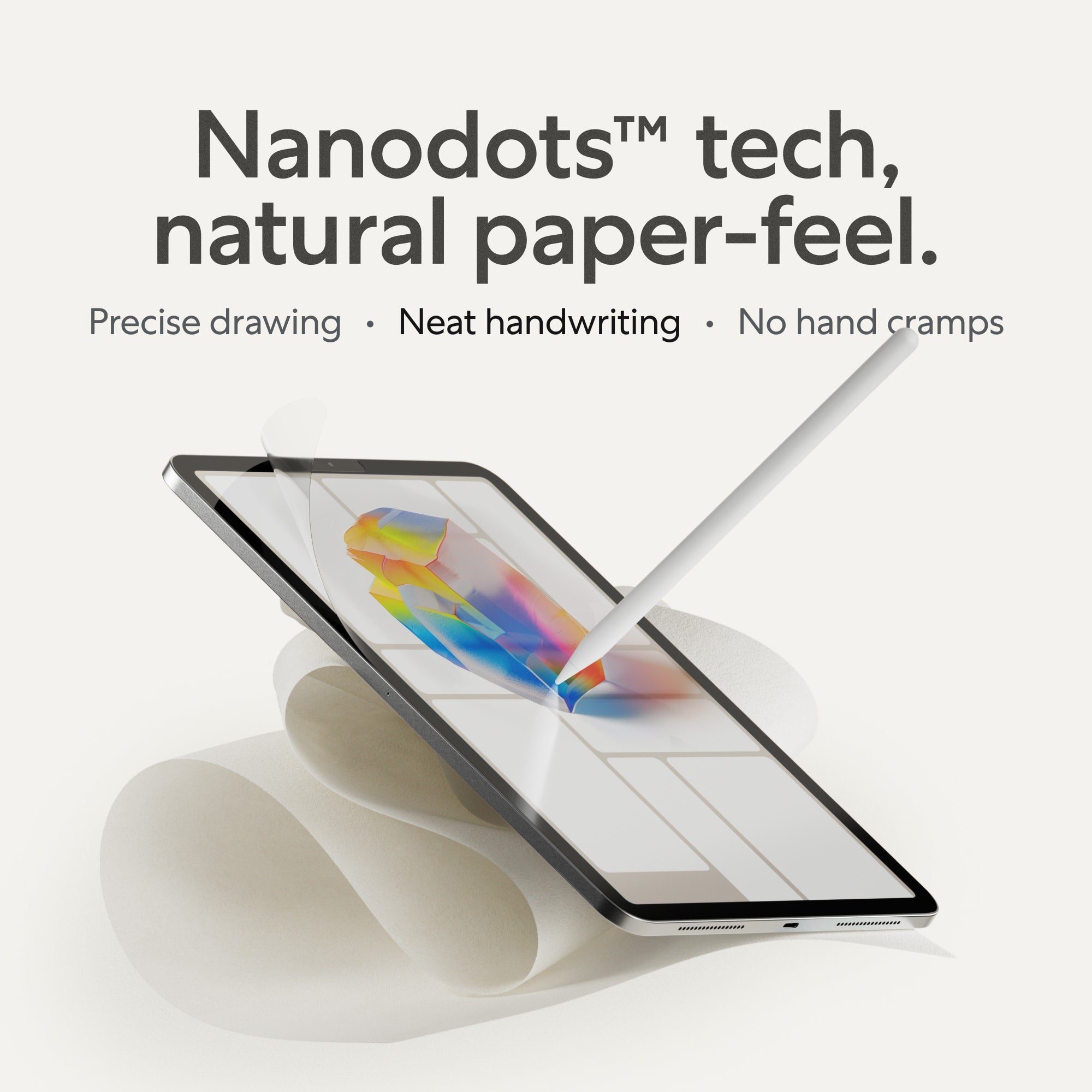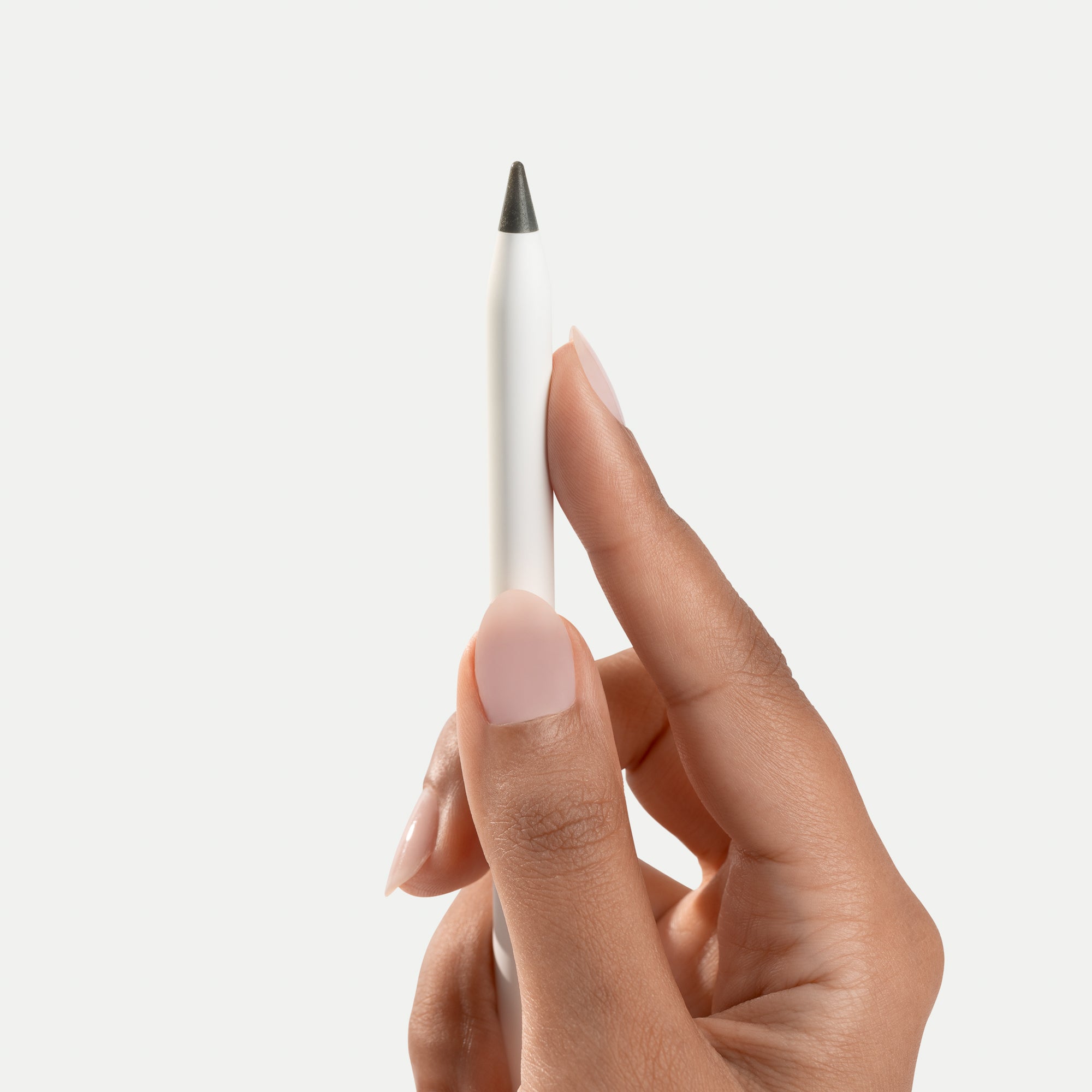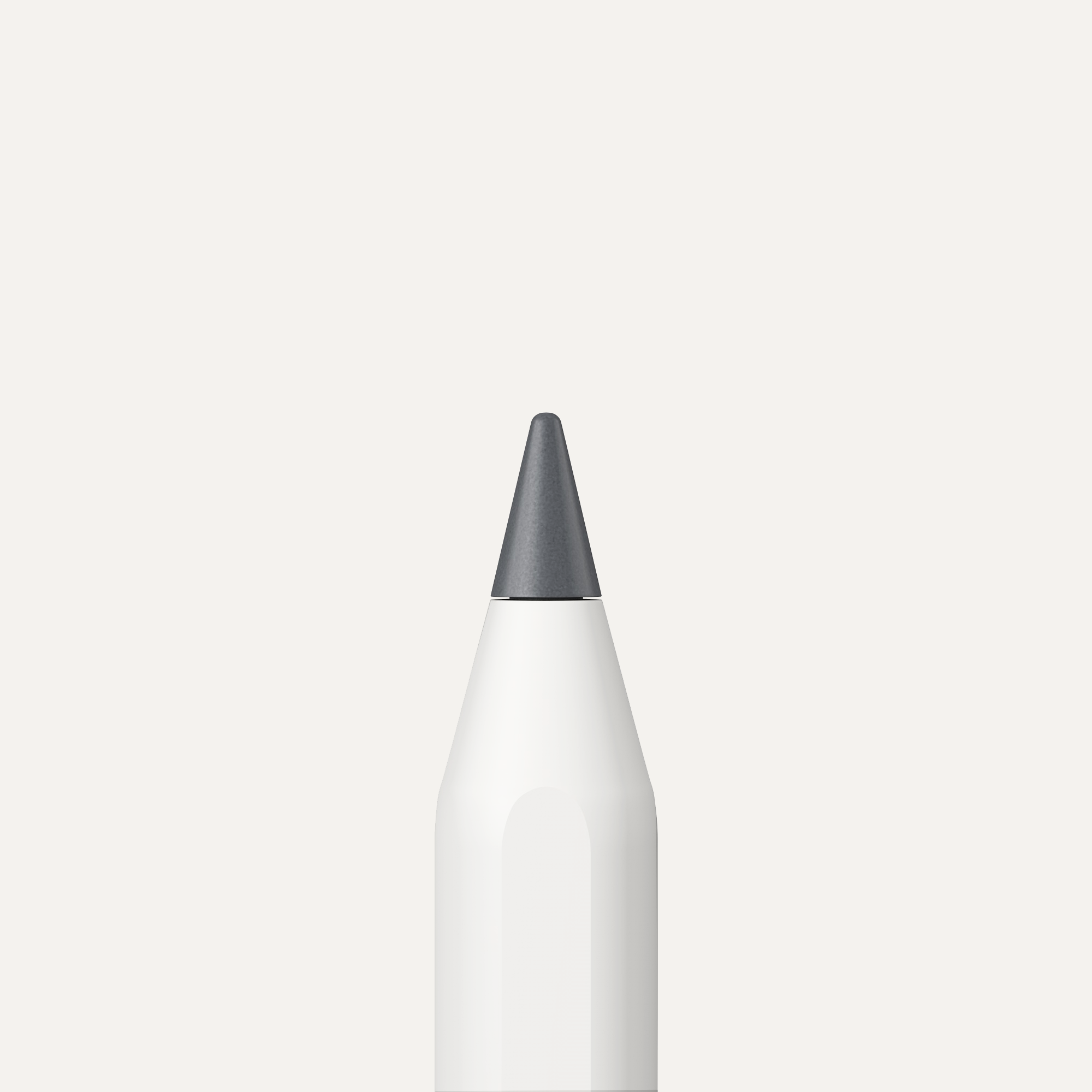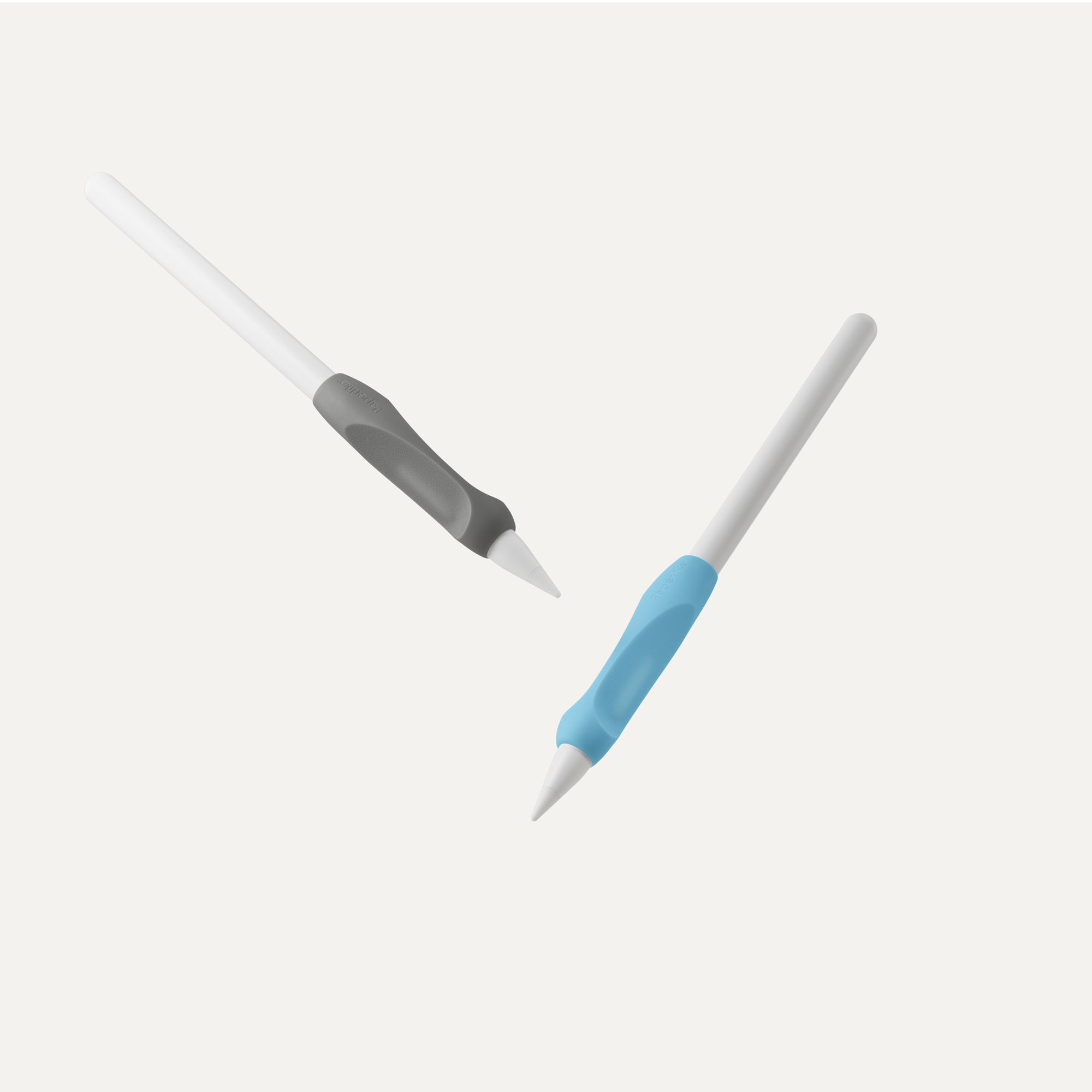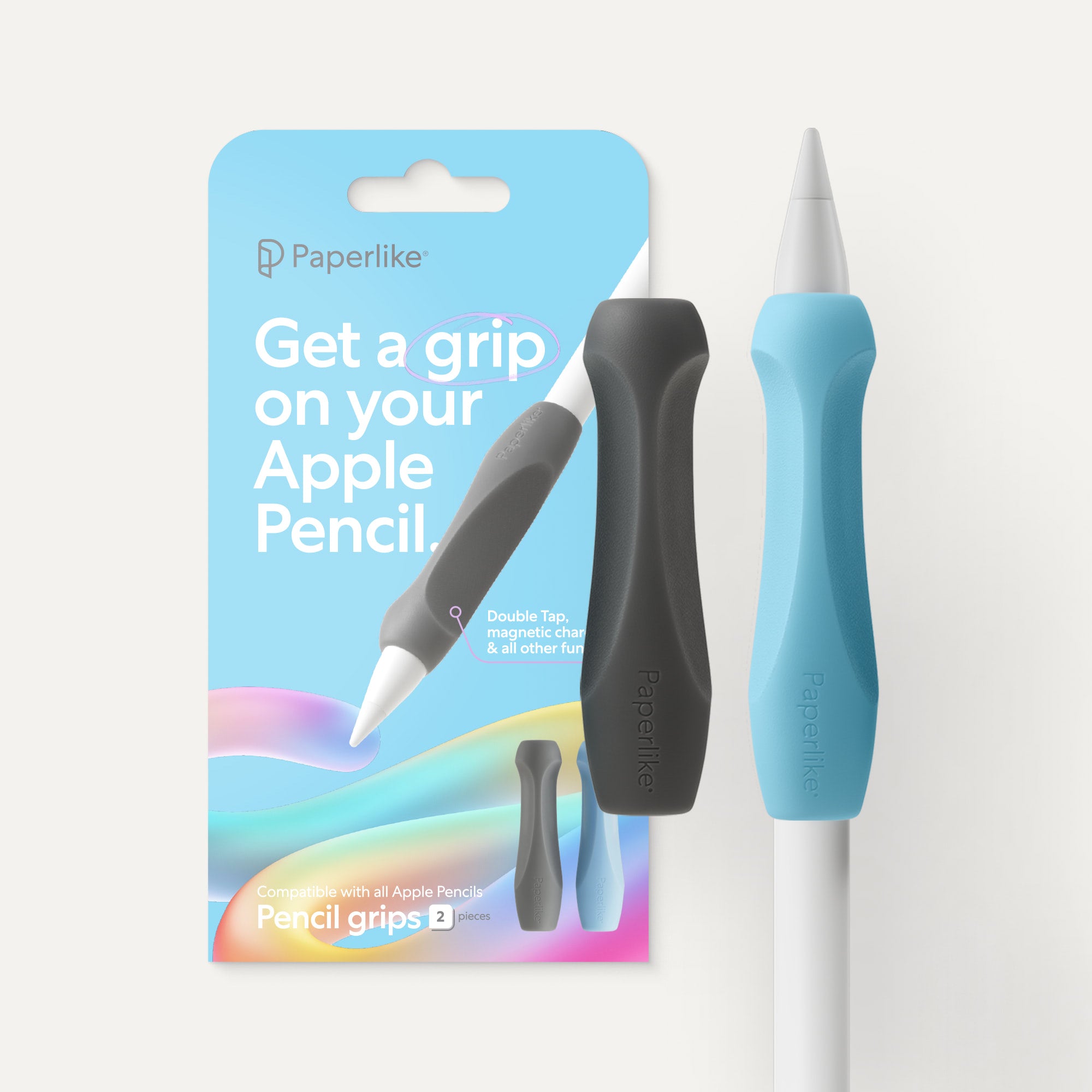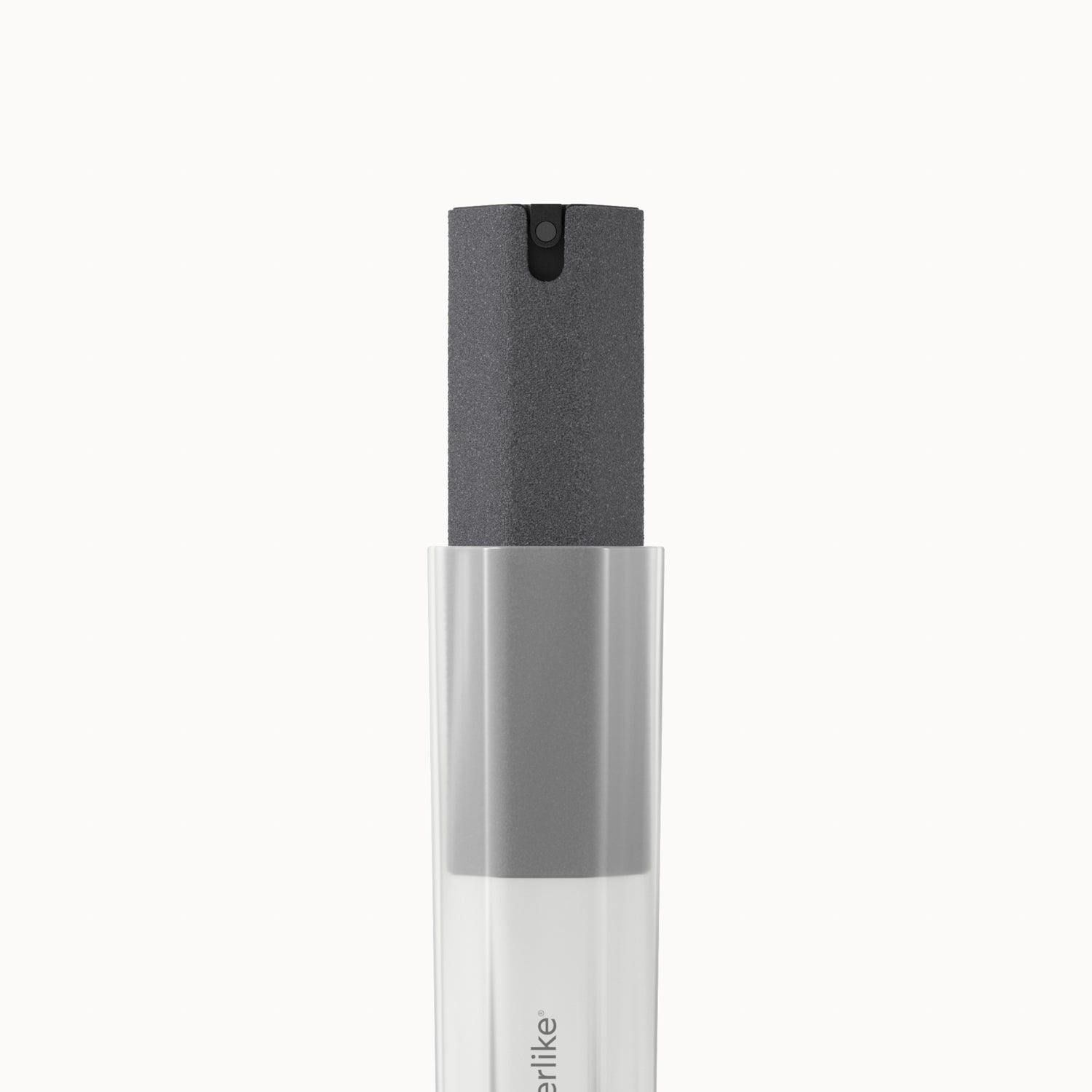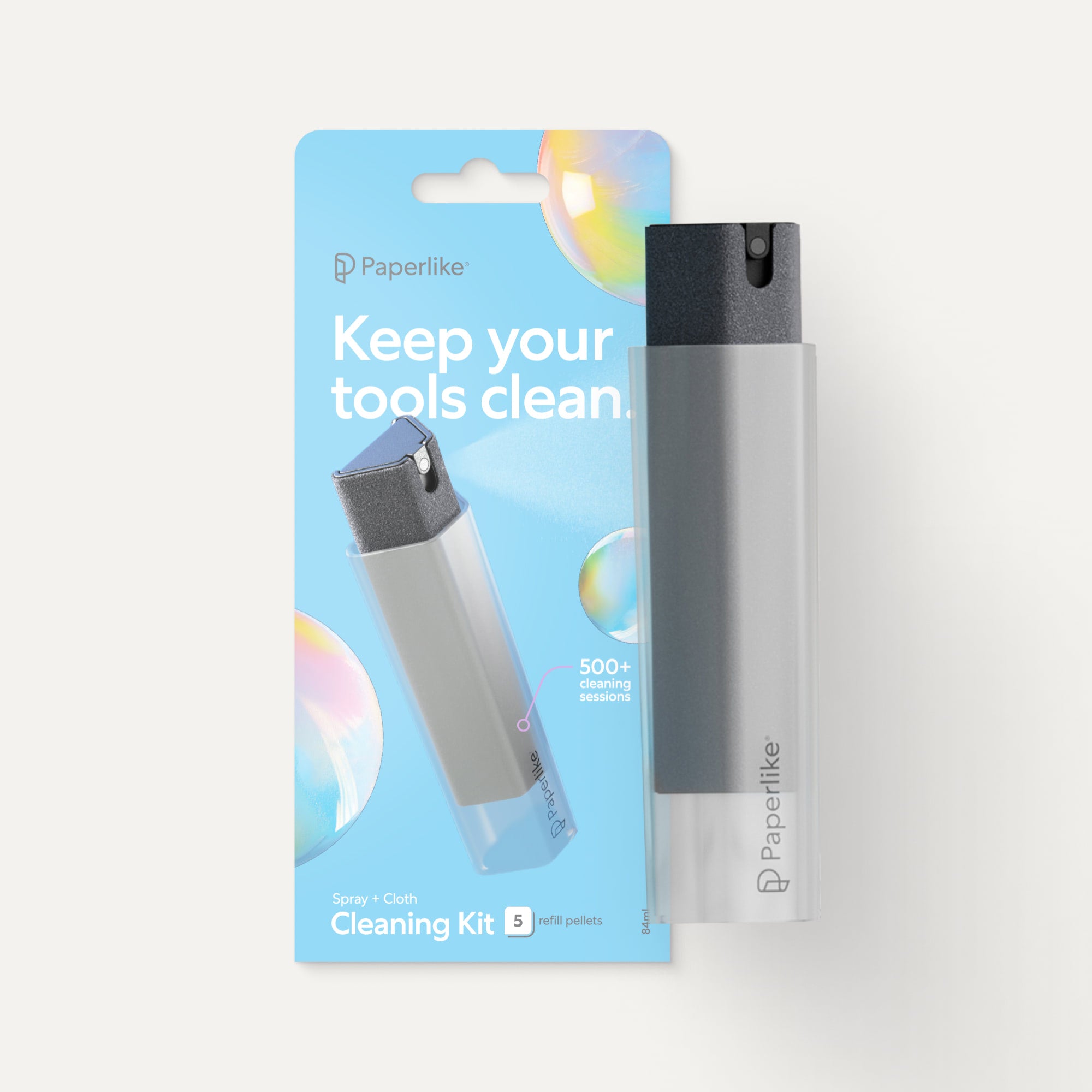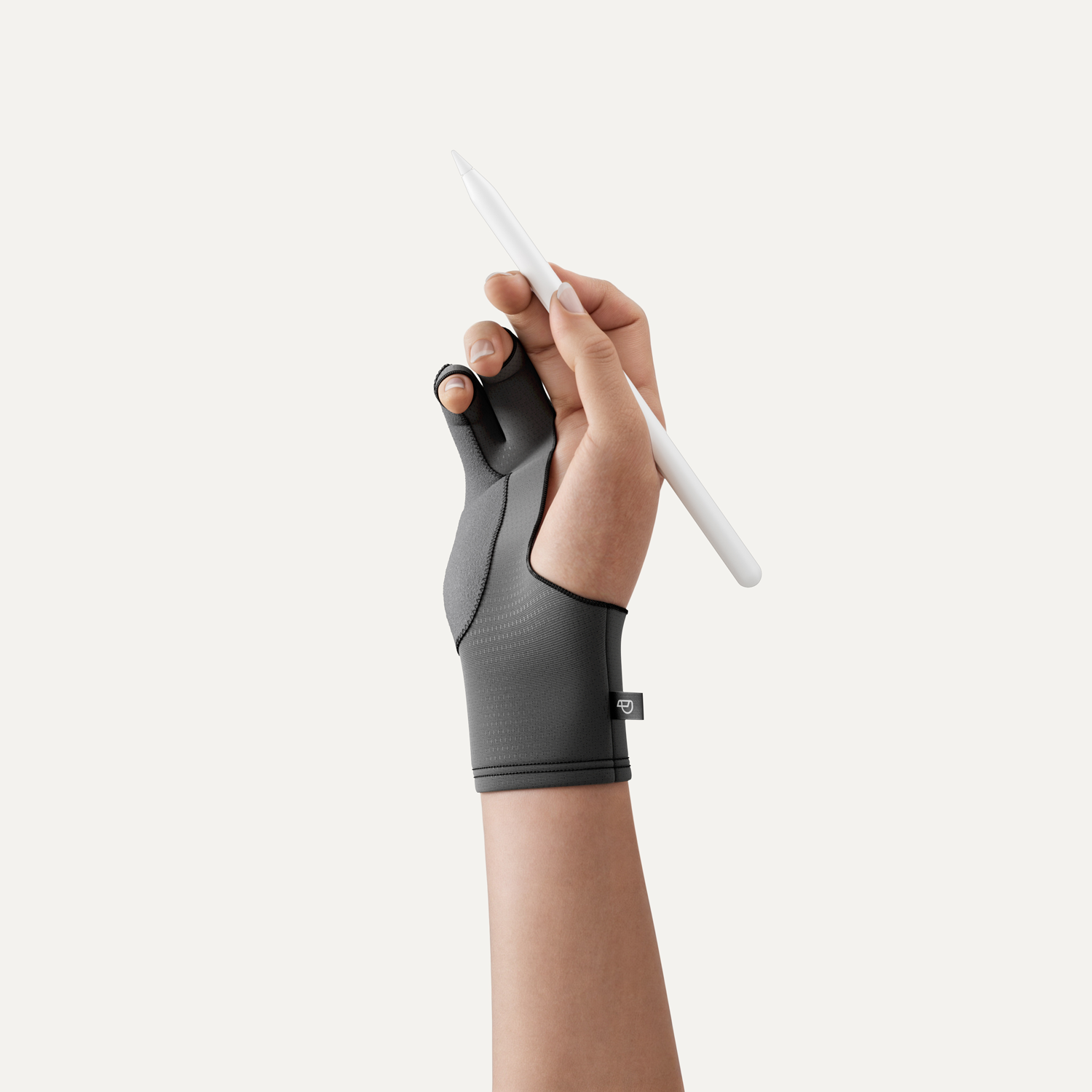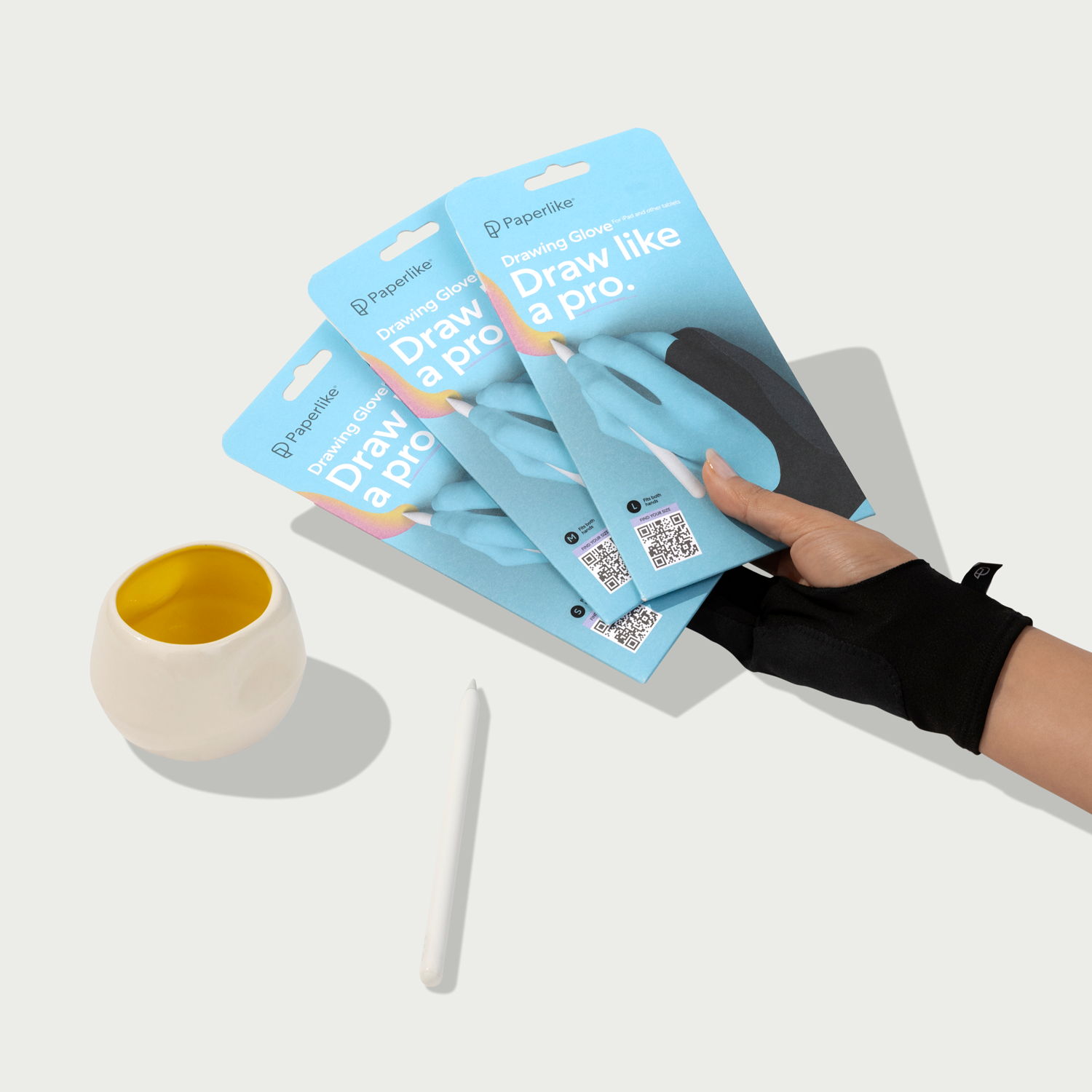There’s just something about pen and paper.
The scratch of the nib. The rhythm of your handwriting. The way ideas seem to flow a little easier when they’re written, not typed.
So yeah, making the jump to digital can feel a little scary. Suddenly, there are apps to learn, buttons to tap, and settings to tweak. You start wondering if you’ll lose the simplicity you love, or if writing on a screen will ever feel as natural as jotting notes in your favorite notebook.
But here’s the thing: You don’t have to choose one or the other. With the right setup, you can get the best of both worlds. You can keep the texture and freedom of handwriting while gaining all the power and flexibility of digital tools.
Why consider going digital?
Switching to digital isn’t just about keeping up with the times. It’s about making your notes work harder for you.
Instead of juggling piles of notebooks, everything lives in one place. You can search your handwriting, back up your files, and pull up your notes from any device, anywhere. No more flipping through pages trying to find that one idea you scribbled down weeks ago.
It’s a win for students who want lighter backpacks, professionals who need quick access to meeting notes, and creatives who love sketching and brainstorming on the fly.
Digital tools give you freedom, flexibility, and peace of mind. You can take your entire workspace with you wherever you go, making it easy to keep your notes, plans, and projects perfectly in sync.
While switching to digital does come with a higher upfront cost, it’s an investment that pays off over time. Once you have your setup, you’ll save on notebooks, pens, and supplies, and you’ll have a system that can grow and adapt with you. The convenience, organization, and creative freedom make it well worth it for most users.

1. Choose the right tools
If you’re coming from paper, the iPad paired with an Apple Pencil is the easiest way to make the switch. The size, weight, and precision feel familiar, and it gives you a natural bridge between traditional and digital notetaking.
Digital notebooks mimic what you already know. You can choose lined, dotted, or blank pages, just like your favorite paper notebook. Many apps even let you customize covers and colors so your setup feels uniquely yours.
If you miss the feel of pen on paper, try using a screen protector that adds a bit of texture. Products like Paperlike™ recreate that subtle resistance, so writing feels more natural and controlled.
You can also personalize your setup with accessories, such as pencil grips or replacement pencil tips. Small tweaks like these make long writing or study sessions more comfortable and help your tools feel truly your own.

2. Find your perfect app
Your app is your new notebook, so finding one that fits your style makes all the difference.
If you’re just starting out, Apple Notes is a great place to begin. It’s simple, free, and already built into your device.
When you’re ready for something more robust, you’ll find numerous notetaking apps with advanced features for organizing, searching, and customizing your notes.
Each app works a little differently. Goodnotes and Notability are great for handwriting and organization, while Microsoft OneNote shines if you like to collaborate or mix typed and handwritten notes. Some even recognize your handwriting and turn it into searchable text, which makes finding ideas easier later on.
Think of it like shopping for a new notebook. You might try a few before one feels just right.

3. Start small: Blend paper & digital
You don’t have to ditch your notebooks overnight. The easiest way to transition is to start small and mix the two worlds.
Keep using paper for quick ideas or daily to-dos, but scan and store your important notes digitally using your favorite notetaking app. Most apps include a built-in scanner or a simple way to import documents. That way, you can still enjoy handwriting while keeping everything searchable and backed up.
You can also test digital notetaking for specific situations such as meeting notes, class outlines, or journaling. Practice writing on your iPad in your downtime and play around with page templates, pen styles, and colors until you find what feels comfortable.
The goal isn’t perfection or speed. It’s getting used to the feel of digital notetaking at your own pace.

4. Transfer your paper habits
One of the easiest ways to feel comfortable with digital notetaking is to bring over the habits you already love.
Start by recreating your favorite layouts. Most notetaking apps include lined, dotted, and graph-style pages, or you can use digital templates to build planners, trackers, or study spreads that match your workflow.
You can also decorate and organize your notes with digital stickers, highlighters, and color-coded tabs. They work just like the paper versions, but you’ll never run out of supplies.
The more you make your digital notebooks feel like your old paper setup, the faster everything will click into place.
5. Build new habits gradually
Like any new skill, digital notetaking takes a little practice. Ease into it.
Start small by using your iPad for one class, one project, or one weekly meeting. Once you’re comfortable, begin organizing your notes into folders or notebooks so everything has a clear home.
As you go, spend a few minutes exploring features like search, tagging, and linking. These small tools save time and help you stay organized in ways that paper can’t.
The more you use your app, the more natural it will feel. Every note you take builds muscle memory and confidence.

6. Embrace the extras
Once you’re comfortable with the basics, start exploring what digital notetaking can really do.
Add photos, sketches, or quick voice recordings right inside your notes to capture ideas in new ways. You can even link related pages together or drop in reference images to make your notes more interactive and visual.
If you’re studying, look for digital flashcard features that help you quiz yourself and review important concepts. Many apps can automatically turn your handwritten notes into flashcards, which makes studying faster and more engaging.
These tools take your notes beyond the page and turn them into a workspace that adapts to whatever you’re learning or creating.

FAQ
How long does it take to get used to digital notetaking?
It depends on how often you practice. Most people feel comfortable after a week or two of regular use. The key is to start small, just one class or one project, and build from there. Consistency matters more than speed.
What’s the best digital notetaking app for beginners?
If you’re new to digital notetaking, start simple. Apple Notes is free and easy to use, while Goodnotes and Notability offer more structure and customization options. Many apps have a free version or offer a free trial, so you can test them out and see what works best for you.
Our blog post on the best notetaking apps for iPad can help you find the one that’s right for you.
Will digital notetaking slow me down in class/meetings?
No. Modern styluses and textured screen protectors make it feel surprisingly close to writing on paper. Many users find that with a Paperlike™ 3 Screen Protector, they can write just as quickly and efficiently as in their favorite notebook.
How should I organize my digital notes?
Think of digital notebooks like folders on your computer. Create separate notebooks or sections for each subject, project, or client. Use tags, colors, and consistent naming so everything stays easy to find.
Our blog post on how to organize your notes includes more tips.
What accessories help with writing comfort?
Long writing sessions are easier with the right setup. Pencil grips, replacement tips, and a textured screen protector can reduce strain and improve control. Explore Paperlike’s accessories to find what fits your workflow.
Do I lose all my notes if I lose my tablet?
One of the biggest perks of digital notes is automatic backup. Most notetaking apps sync your notes to the cloud, so you can restore them easily from any device.
Is switching to digital really worth it?
It depends on how you work. If you love the freedom of handwriting but want the organization, flexibility, and storage of a digital system, it’s absolutely worth trying.

A smooth transition
Moving from paper to digital doesn’t mean letting go of what you love. It’s about adding flexibility and freedom to the way you already work.
With the right setup, such as your favorite device, a reliable app, and a Paperlike Screen Protector, you can keep the feeling of pen on paper while enjoying all the benefits of a digital workflow.
Start small, be patient, and give yourself time to explore. The more you practice, the more natural it feels, until you realize you haven’t lost the joy of handwriting at all. You’ve simply found a smarter way to do it.


